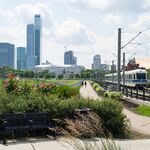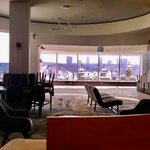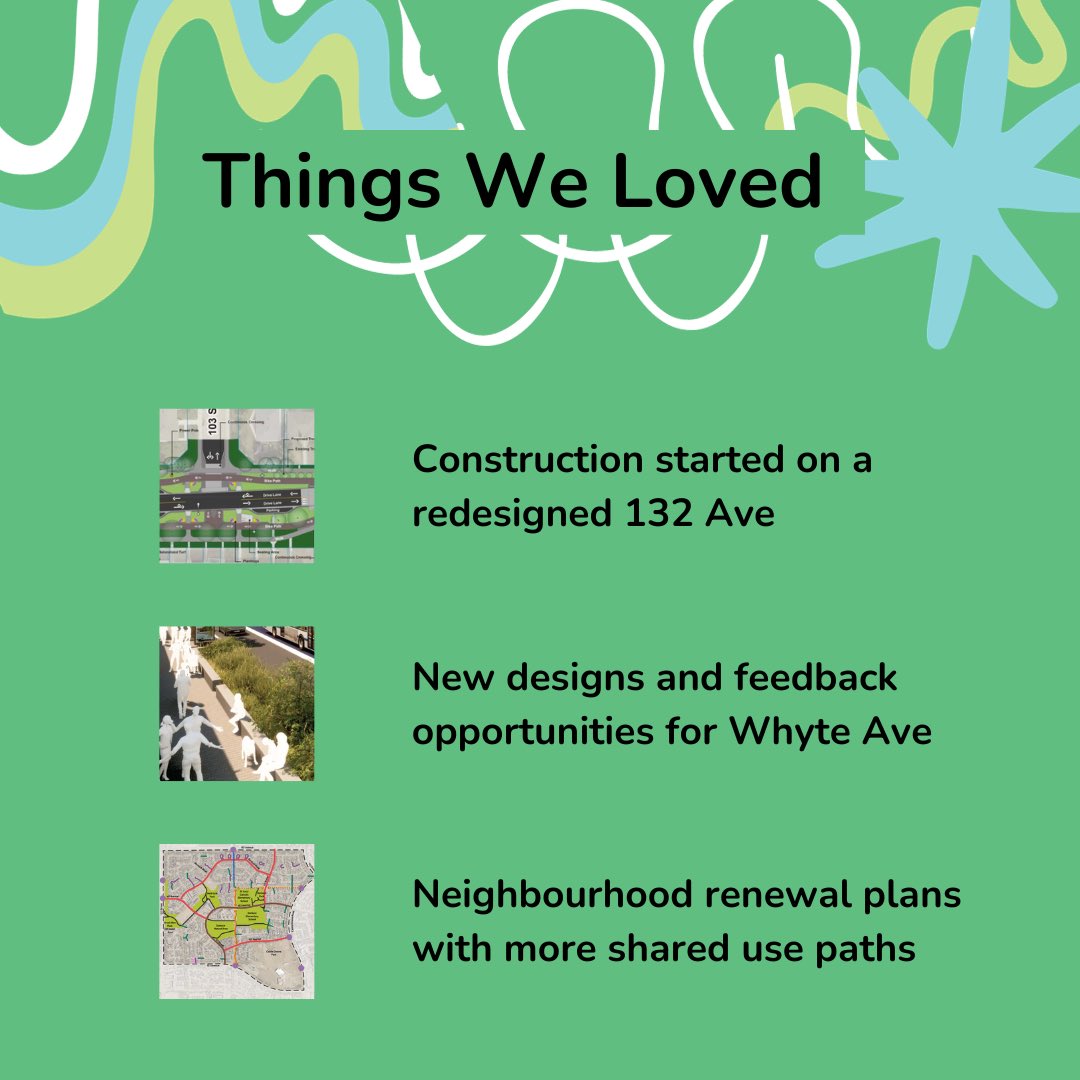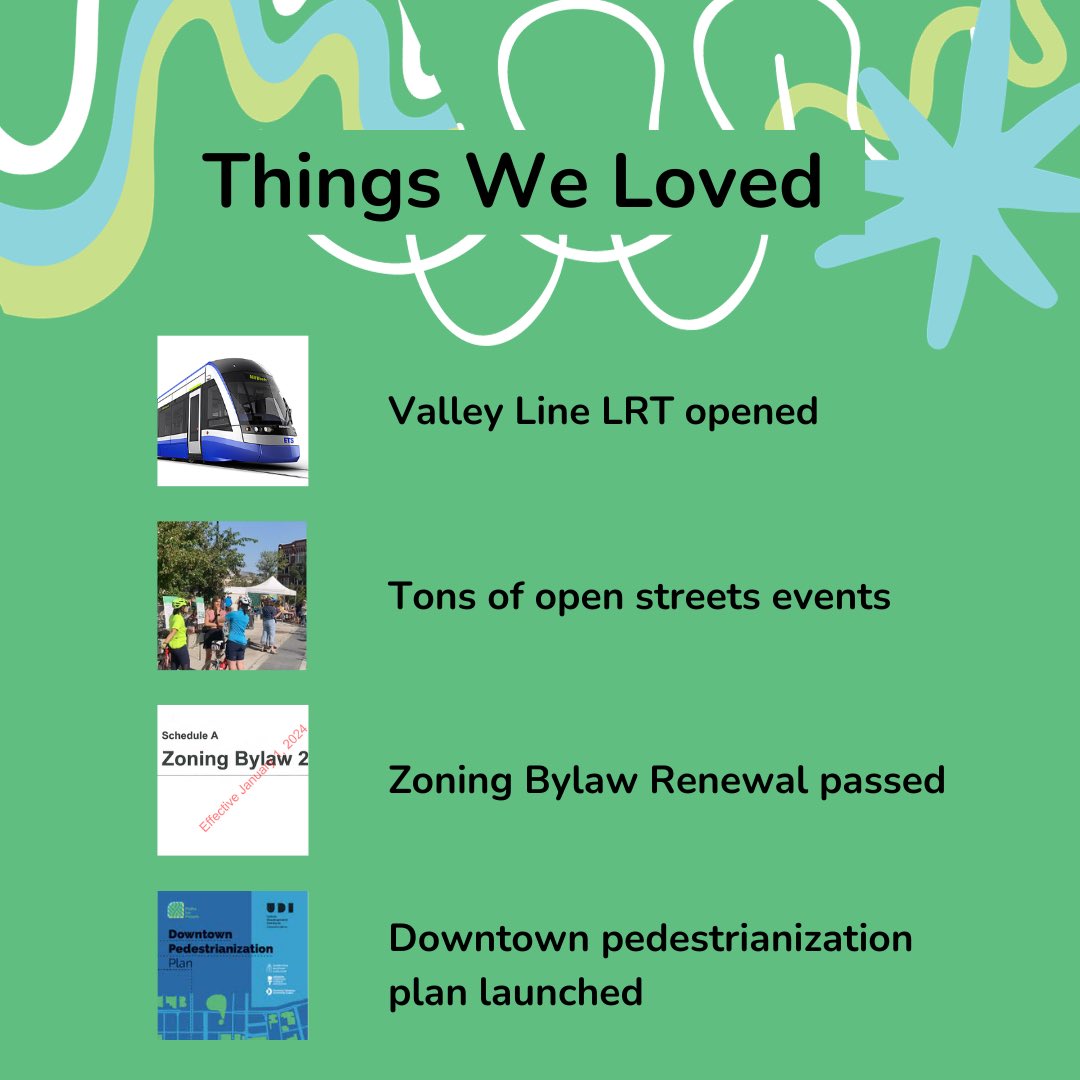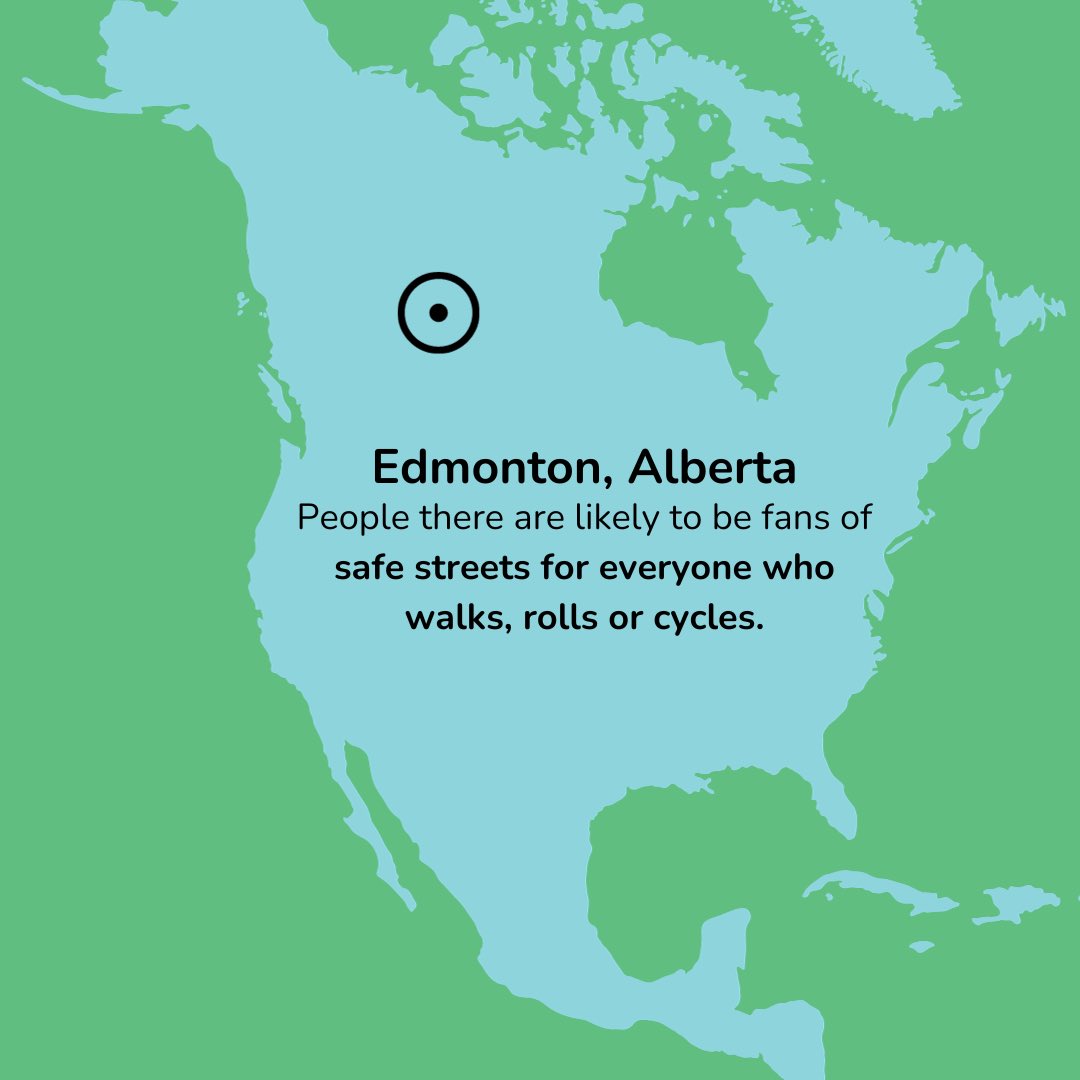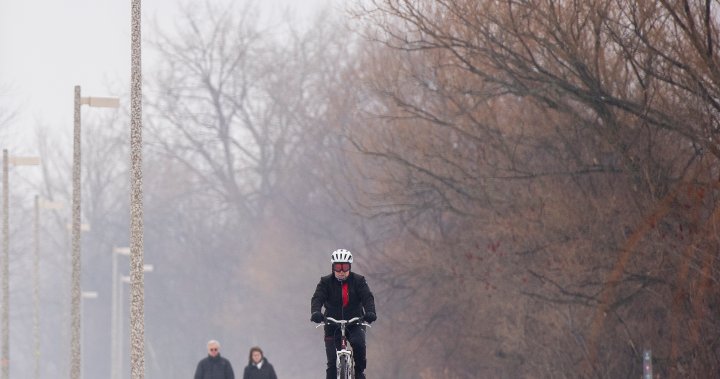JuliallThat
Active Member
I think one of the biggest missed opportunities to encourage cycling is the lack of clearing of "painted" bicycle lanes. It's not just about clearing the dedicated lanes.
Insofar as we continue to rely on painted bike lanes in low density areas, then we must provide them with appropriate maintenance to justify their existence.
Routes such as 114 Ave and 92 St in Alberta Ave/Mccauley; the 92 St segment in Mccauley is part of their currently under construction neighbourhood renewal, and is considered to be a major cycling connection. But the actual infrastructure is only a one-way road for cars and a painted yellow line.
Separated bike lanes get some sort of dedicated clearing, eventually. But these painted neighbourhood bike lanes never get cleared, and end up with the same rutted hard to ride on ice pack as any other residential road.
To me, this "infrastructure" is basically purposeless, and really only acts as generalized wayfinding.
Functionality wise, these are quiet roads with low traffic, the fact that there isn't a separated lane isn't actually a big deal, and I ride on them lots, but with no maintenance in the winter they're as good as non-existent, and I see this all winter as many bike commuters migrate onto the sidewalks despite the "bike lane".
Insofar as we continue to rely on painted bike lanes in low density areas, then we must provide them with appropriate maintenance to justify their existence.
Routes such as 114 Ave and 92 St in Alberta Ave/Mccauley; the 92 St segment in Mccauley is part of their currently under construction neighbourhood renewal, and is considered to be a major cycling connection. But the actual infrastructure is only a one-way road for cars and a painted yellow line.
Separated bike lanes get some sort of dedicated clearing, eventually. But these painted neighbourhood bike lanes never get cleared, and end up with the same rutted hard to ride on ice pack as any other residential road.
To me, this "infrastructure" is basically purposeless, and really only acts as generalized wayfinding.
Functionality wise, these are quiet roads with low traffic, the fact that there isn't a separated lane isn't actually a big deal, and I ride on them lots, but with no maintenance in the winter they're as good as non-existent, and I see this all winter as many bike commuters migrate onto the sidewalks despite the "bike lane".
